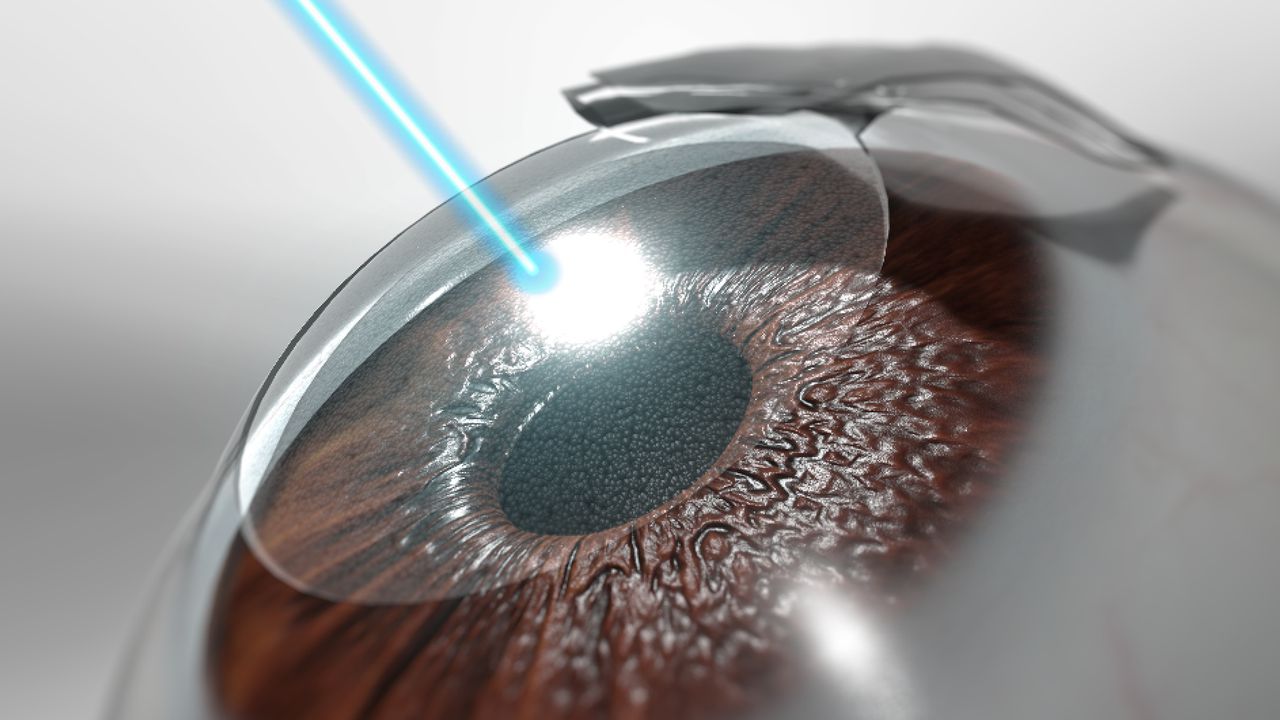
Signs that you have a Refractive Error
-
Blurry vision
-
Headaches
-
Eye strain
-
Distortion of images
-
Clear vision only at specific distances
Refractive Errors
There are three common refractive errors: Myopia, Hyperopia and Astigmatism.
Myopia
Myopia, or Near-sightedness, is a common vision condition in which near objects appear clear, but objects farther away look blurry.
Hyperopia
Hyperopia, or far-sightedness, is when one can see things that are far away better than things that are up close.
Astigmatism
Astigmatism is a common, and generally treatable, vision imperfection in the curvature of the eye that causes blurred distance and near vision.
Permanent solution for Refractive Errors
PRK (Photorefractive keratectomy)
Also known as Surface Ablation, PRK is a laser vision correction surgery where the laser is applied directly to the surface of the cornea. This procedure is suitable for people with thin corneas or those who are not good candidates for Lasik.
LASIK
LASIK (Laser In Situ Keratomileusis) is a popular laser vision correction surgery that uses a laser beam to reshape the cornea. This procedure is suitable for people with mild to moderate myopia (near-sightedness), hyperopia (farsightedness), and astigmatism.
FEMTO - Lasik
FemtoLasik is one of the most effective and advanced computer-controlled technologies in refractive surgery. FemtoLASIK is a form of LASIK used to correct vision problems including nearsightedness (myopia), farsightedness (hyperopia) and astigmatism by way of deploying a laser on the cornea. The previous traditional LASIK involves a blade to create an opening on the corneal surface and uses lasers to reshape the lens in the eye, allowing it to refract light onto the retina to create a clearer picture. Due to the use of mechanical blade which could make irregular flaps or incomplete cuts, it might potentially lead to post-surgery complications and irregular astigmatism. Whereas FemtoLASIK, also known as bladeless LASIK or all-laser LASIK does not use the blade, instead it substitutes blade for a femtosecond laser and uses an excimer laser to correct the refractive conditions. Due to the high precision and safety of the FemtoLASIK method, it allows the ophthalmologist to tailor the procedure according to the characteristics and vision problem of each individual patient.
Contoura Vision LASIK Eye Surgery
Contoura Vision is the latest advancement in Spectacle Removal by Laser Vision Correction. While procedures like Lasik and Smile only correct spectacle power, Contoura Vision goes one step further! In addition to correcting your spectacle power, Contoura Vision also corrects your corneal irregularities while working on Visual axis, thereby providing much sharper visual outcomes.
SMILE
SMILE (Small Incision Lenticule Extraction) is a minimally invasive laser vision correction surgery that uses a laser to create a small lenticule inside the cornea, which is then removed through a small incision. This procedure is suitable for people with myopia & astigmatism.
Phakic IOL
Phakic IOL (Intraocular Lens) is a permanent laser vision correction surgery that involves implanting a lens inside the eye to correct refractive errors. This procedure is suitable for people with high myopia or hyperopia who are not good candidates for other laser vision correction surgeries.
The Phakic IOL (ICL/IPCL) is a FDA approved non-laser treatment for refractive error in which IOL is implanted in front of the normal lens, without reshaping the cornea.
